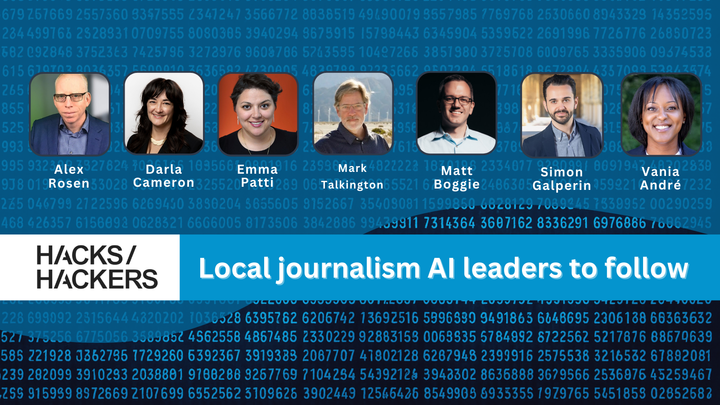Following the Election, We Must Build Products that Don't Just Inform, But Actively Help Audiences Understand and Engage
The media needs to fundamentally rethink what a news product can be in an era where technology enables genuine connections.

The 2024 election campaign demonstrates that media disruption is only just beginning. And, with deregulation of all kinds promised by the incoming Trump administration combined with the accelerating development of AI, there promises to be an explosion of new ways to deliver and consume information.
In an already crowded media landscape, what seems clear is that audiences aren't just looking for more content – people are seeking connections and context that matter in their own lives. Media innovation in 2025 isn't about building another comment platform, or hoping a new social network will save us from ourselves. Instead, we need to fundamentally rethink what a news product can be in an era where technology enables genuine connections.
Journalists, technologists and media entrepreneurs working together need to build new local networks that foster trust, where people can share their knowledge and connect with those who share their interests. For example, imagine reading about a city council decision and immediately connecting with neighbors who have expertise in urban planning, or finding others who share your concerns about local education policy. These aren't just passive news consumers – they're a community of engaged citizens who offer valuable perspectives.
Instead of just reporting on community issues, we can create spaces where meaningful action and dialogue can happen.
As the media landscape rapidly transforms in the coming months and years, journalism can set the agenda and provide the platform. Traditional news organizations have always excelled at identifying what matters and why, but now we can take that further. Instead of just reporting on community issues, we can create spaces where meaningful action and dialogue can happen. When a story breaks about affordable housing, the platform should not only inform but also connect readers to relevant public meetings, expert insights and others working on solutions.
This should be done in a transparent way where the community can look inside the process, see sources for themselves, and make their own minds up based on what they learn. Transparency builds trust, and trust is the foundation of any meaningful community engagement. Let readers see how stories develop, how facts are verified, and how decisions are made.
The technology to build these products exists today. AI can help scale these connections and surface relevant information. But the focus is and always should be on the people, and building news products that serve communities in the ways they actually want to be served. Technology should enhance human connection, not replace it.
We need to build products that don't just inform, but actively help people understand and engage with the issues that matter in their lives. The future of media is about better community building, and that future needs to start now.
Hacks/Hackers advances media innovation by regularly convening hackathons and other events around the world that bring together people from diverse backgrounds, including journalists, technologists and entrepreneurs.



